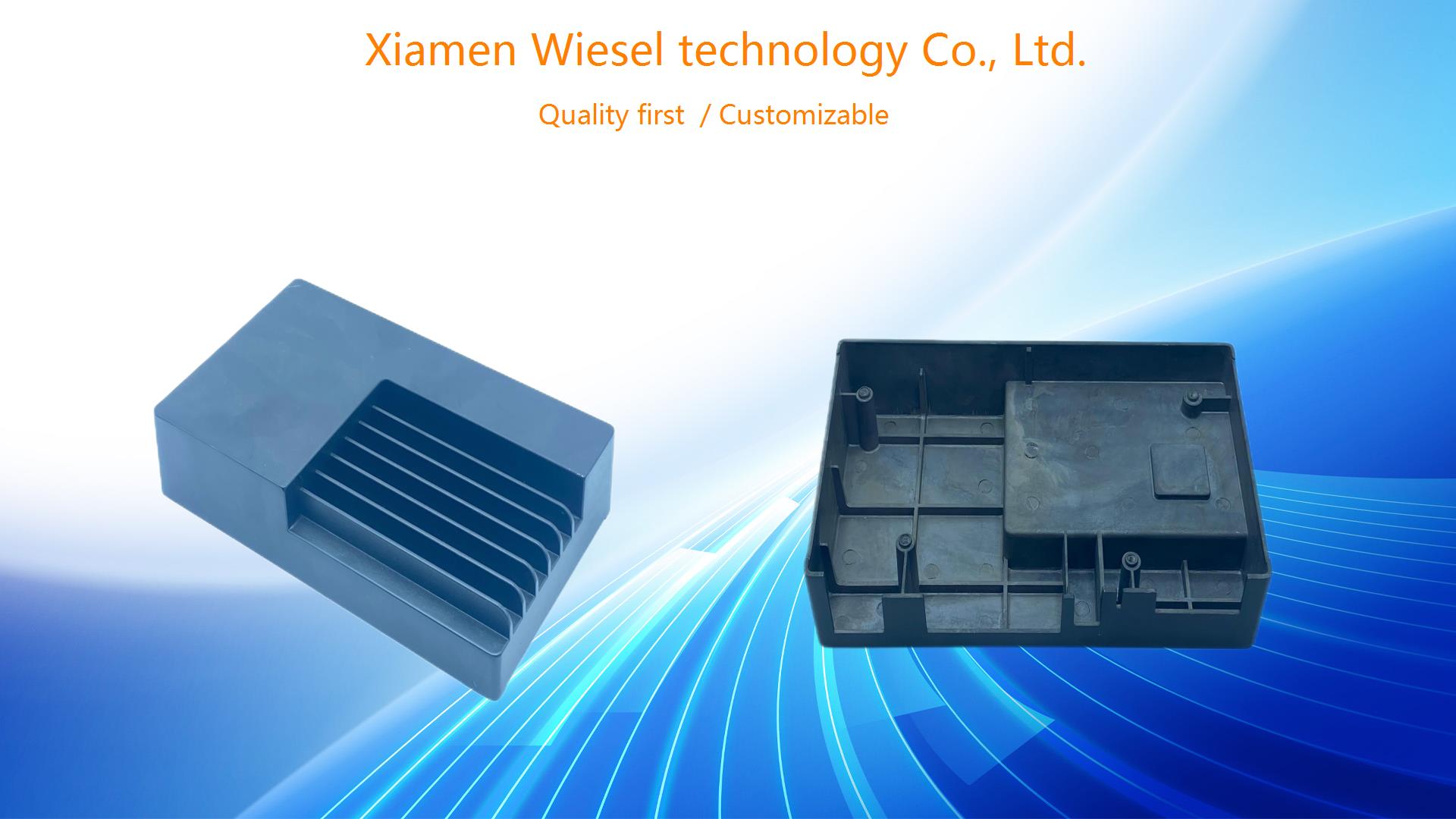What Are the Key Differences Between Stamping Molds and Die Casting?
Wiesel, a leading plastic mold manufacturer, is also proficient in various metal fabrication techniques, including stamping molds and die casting. While both processes are widely used in metal fabrication, they differ significantly in terms of methodology, materials, and applications.
Stamping molds involve the use of dies and presses to shape metal sheets into specific forms through processes such as cutting, bending, and pressing. This method is ideal for high-speed, high-volume production of relatively simple parts, making it a cost-effective option for industries like automotive and electronics.
In contrast, die casting involves injecting molten metal into a mold cavity under high pressure, allowing for the creation of complex, high-precision parts. Die casting is ideal for producing parts with fine details and requires little post-processing. This method is typically used for components that need high structural integrity, such as those in aerospace, automotive, and consumer electronics.
How Do Cost, Speed, and Durability Compare Between Stamping and Die Casting?
When comparing stamping molds to die casting, there are significant differences in terms of cost, speed, and durability.
Cost and Production Speed
Stamping is generally a faster and more cost-effective process for high-volume production runs, especially when dealing with thin metal sheets. The tooling costs for stamping can be lower than those for die casting, and the process is suitable for repetitive production, making it a cost-efficient option for industries requiring mass-produced parts.
Die casting, on the other hand, involves higher initial costs due to the complexity of the molds and the need for high-temperature materials. However, it allows for the production of complex parts in a single process, which can result in cost savings in the long term for intricate components. While it is slower compared to stamping, die casting is the preferred choice when precision and detail are critical.
Durability and Application
Die casting produces parts with greater structural integrity and durability, as the molten metal fills every contour of the mold, creating parts that are robust and capable of withstanding higher stress and load. This makes die casting more suitable for components used in high-performance applications.
In contrast, stamping is limited by the thickness of the metal sheets and is typically used for less structurally demanding parts. However, stamping offers excellent dimensional accuracy and is often employed for lightweight, flat components used in automotive bodies, appliances, and electronics.
Peer Product Comparison: How Do Wiesel’s Stamping and Die Casting Services Compare?
When comparing Wiesel’s stamping molds and die casting services to competitors like Dynacast and Pace Industries, Wiesel offers distinct advantages in terms of customization, efficiency, and material flexibility.
Precision and Customization
While Dynacast is known for its high-precision die casting, Wiesel offers more customization options for both stamping and die casting, allowing clients to select the most suitable method for their specific requirements. Wiesel’s ability to tailor solutions based on part complexity, volume, and material needs ensures more versatile fabrication services compared to competitors.
Cost-Effectiveness and Material Range
Pace Industries focuses heavily on die casting, whereas Wiesel’s stamping and die casting services provide a broader range of materials and production options, making it more cost-effective for businesses with varied fabrication requirements. Wiesel’s expertise in both processes gives clients more flexibility in choosing the right technique based on budget and application.
Conclusion
Wiesel’s stamping molds and die casting services offer distinct solutions for different metal fabrication needs. Stamping is ideal for high-speed, high-volume production of lightweight parts, while die casting provides the precision and strength required for more complex components. Compared to competitors like Dynacast and Pace Industries, Wiesel offers a more versatile, cost-effective approach, ensuring that clients receive the most suitable fabrication method for their specific requirements.

